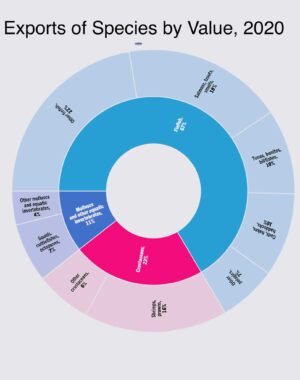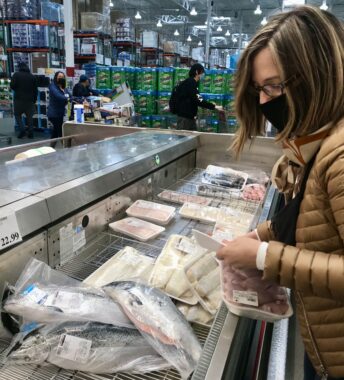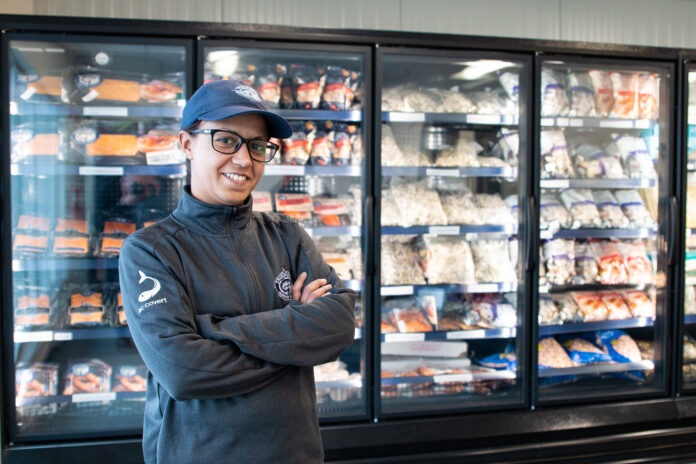Exports of farmed salmon in 2020 amounted to $27.6 billion, outpacing that of other fish categories in 2020, according to the latest edition of a biennial report from the UN Food and Agriculture Organization (FAO).
The 2022 State of World Fisheries and Aquaculture (SOFIA), released on Wednesday, showed Atlantic salmon remained the dominant species farmed in marine waters globally, making it one of the major contributors to growth in global trade of fisheries and aquaculture products in recent decades.
Atlantic salmon production worldwide totalled 2.71 million tonnes, or 32.6 percent of finfish aquaculture in 2020. It was followed by milkfish at 1.16 million tonnes, or 14 percent of global farmed finfish production.

In a class of its own
“As a versatile and high-value species suitable for large-scale aquaculture, salmon occupies a strong competitive position in the world market,” the SOFIA report said.
“Atlantic salmon aquaculture has risen to become one of the most profitable and technologically advanced industries. The sector has also led the way in funding, coordinating and executing large-scale international marketing campaigns, and has successfully established logistical infrastructure to supply fresh aquatic foods to foreign markets via airfreight routes.”
In 2020, exports of salmon were worth $27.6 billion, led by Norway ($11 billion or 7.4 percent of the global total) and Chile. Salmon and trout exports accounted for 18.4 percent of the value of all exported aquatic products in 2020, compared with 5.1 percent in 1976.
It also noted the farmed salmon sector’s resilience to an initial drop in prices at the start of the COVID-19 pandemic, as well as to the logistical difficulties that followed, “reflects the strength of underlying demand and the ability of the sector to adapt to changing conditions.”
Humans eating more seafood
Overall aquaculture production globally in 2020 reached a record 122.6 million tonnes, with trade value of $264.8 billion. Around 68 million tonnes came from the category where salmon falls into: marine and coastal aquaculture.

“We are eating more seafood than ever,” the report noted. “Humans ate about 20.2 kg per capita in 2020, more than double the consumption rate 50 years ago.”
FAO expects per capita consumption of farmed and wild seafood to increase roughly 6 percent in 2030 to 21.4 kg per capita.
It said this will be driven by rising incomes, expansion of production, improvements in post-harvest operations and distribution, and changes in dietary trends.
FAO Director-General Qu Dongyu sees “great opportunity” in the fisheries and aquaculture sector amidst the current world challenges.
Aquatic foods play a vital role in the food and nutrition security of many people across the world, but there is an urgent action needed in order “to conserve, protect, restore, and sustainably manage marine ecosystems,” otherwise the ocean will not be able to maintain this its role, he cautioned.
The report however suggested that the farmed salmon sector is advancing in its ongoing quest for sustainability. The share in grower diets for farmed Atlantic salmon is now often less than 10 percent, it said.

